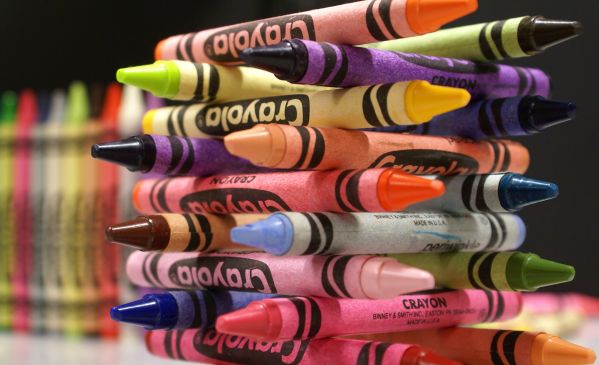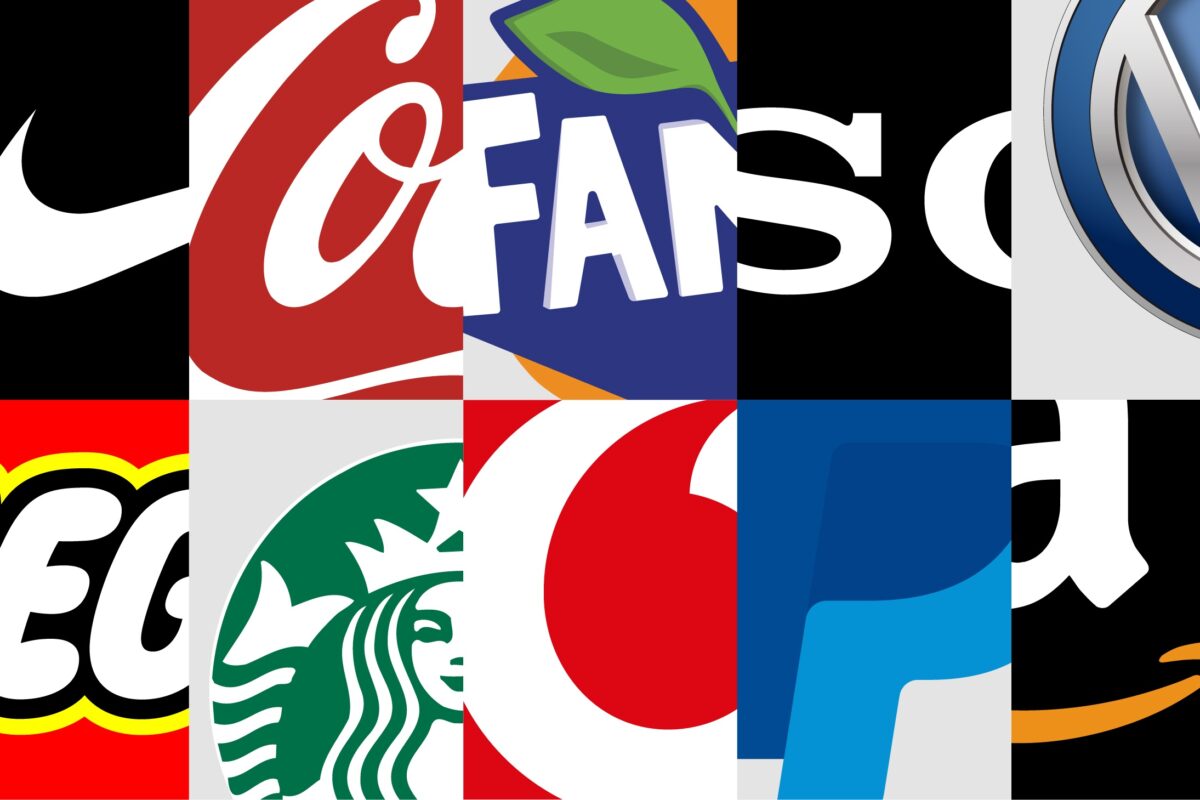
Is Moody Blue a better name for a flavor than Glacier Freeze? How will consumers react to a color named Razzmatazz instead of Bright Orange? And what’s wrong with good old Fire Engine Red?
Two marketing professors have been studying these shades of meaning and publishing provocative papers on color-coding and what it does to buyers’ expectations. So we went to Barbara E. Kahn (at Wharton School, University of Pennsylvania) and Elizabeth G. Miller (at Boston College) for some answers.
Q: Is there anything wrong with good old “Fire Engine Red” to identify a nail polish?
We find in our research that consumers tend to react positively to ambiguous names and specific, unexpected names. If Fire Engine Red is surprising to consumers, then they will react more positively to it. If it’s not, then it’s similar to just calling it “red.”
There’s absolutely nothing wrong with this description, but with the multitude of choices that a consumer faces every day, marketers are increasingly looking for ways to stand out and coming out with an unusual name is one way.
Q: You have commented that it’s astonishing when Crayola comes out with names that don’t describe the color of crayons. Why so?
“Well, usually the point of a color name on the side of a crayon is to describe the color hue or shade. At least that’s the way it was when we were kids! So it was a surprise to see a list of Crayola color names that were not descriptive. But in fact, when you think about it, if a child is holding the crayon in his or her hand, then s/he does know the color, and the name could indeed be whimsical.
Q: If a color or flavor name is not particularly descriptive – like “Voltage” – will the consumer react in a positive way?
Depends. What we found is that for some categories like candy or sweaters where the exact color or flavor need not be precise, having an ambiguous name makes the consumer stop and think – and that extra attention, that extra elaboration about the product, on the margin gives a boost to the product – which we have found to be positive. Although we did not find it in our research, one could imagine situations where there is some risk in not knowing the exact color or flavor, and then having an ambiguous name would not be positive.
Q: Then why would someone prefer an ambiguous name over a name with built-in meaning?
In our research, we found that when a consumer encountered an ambiguous name, s/he stopped and thought about it a little. And given that the information came from a marketer who is likely only to give positive information about the product, the consumer is apt to assume the information embedded in the name implies something positive about the brand. On the margin, this assumption about positive attributes adds value to the product.
Q: You have written about the consumer becoming “engaged” in solving the “puzzle” of a name. Is this speculation on your part, or is it based on the way our minds actually operate?
People like the world to make sense. So when they encounter surprising information, they try to make sense of it.
We found some evidence in our research of this process. When the name was not ambiguous but was just unusual, but in fact descriptive, then the consumer got some pleasure out of solving the “puzzle.” For example, when we presented sweaters that were the color of “coke red” – consumers enjoyed thinking about the unusual color description that in fact did identify the color.
Q: What about product categories that don’t rely on the sense of taste or smell? What happens then with wild and offbeat names?
Our research didn’t cover those areas.
Q: There was once a popcorn candy named “Screaming Yellow Zonkers” that got attention because of its wacky name. But sales stalled. Do colors or flavors such as “Orgasm” have any real point of difference other than their edgy names?
Ambiguous names do prompt additional thought which can lead to increased preference, but such effects are unlikely to compensate for a bad product. In addition, when a consumer gets used to the name it is unlikely to continue to offer the advantages we are talking about.
The Blake Project Can Help: Disruptive Brand Strategy Workshop
Branding Strategy Insider is a service of The Blake Project: A strategic brand consultancy specializing in Brand Research, Brand Strategy, Brand Licensing and Brand Education




